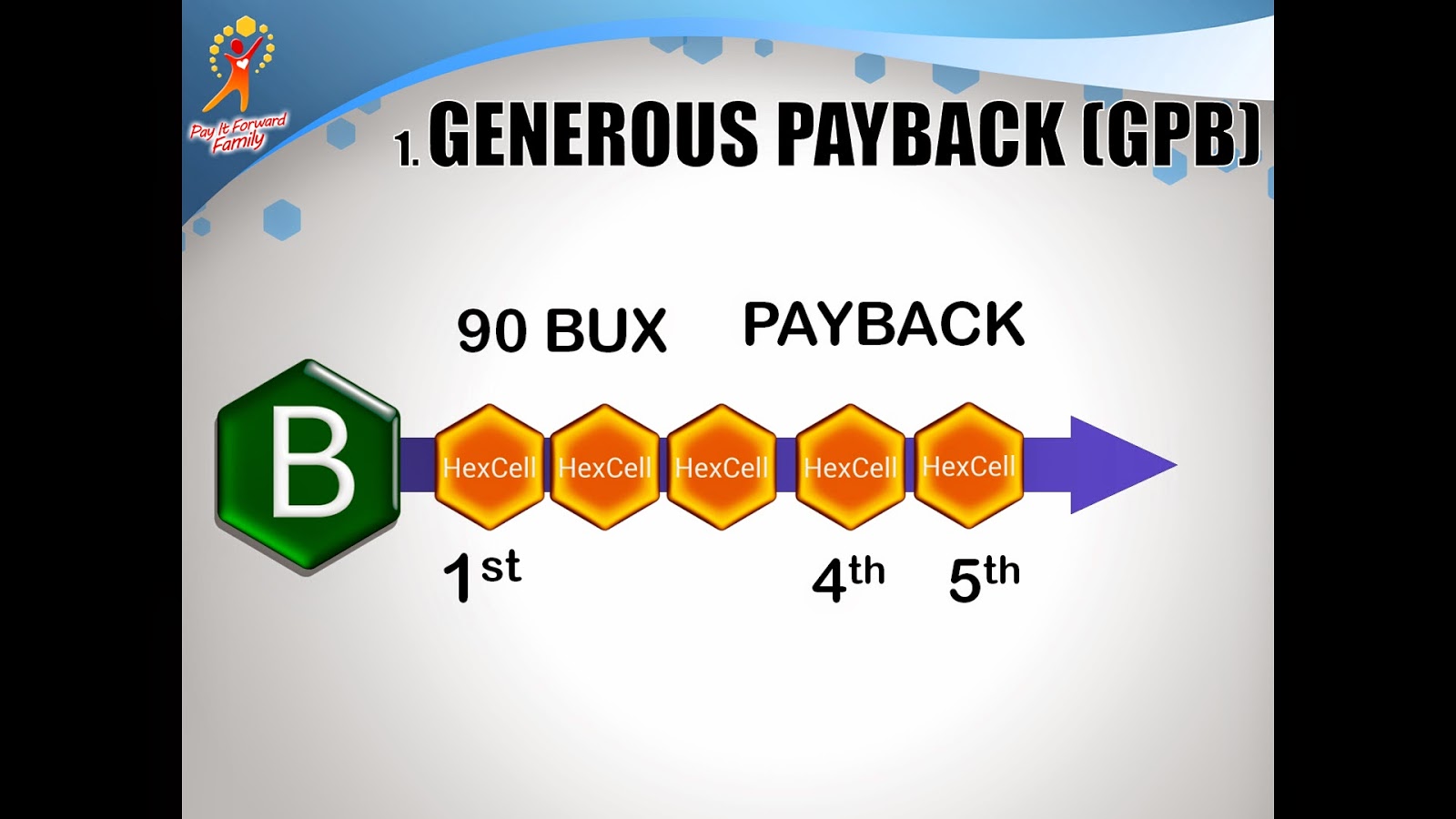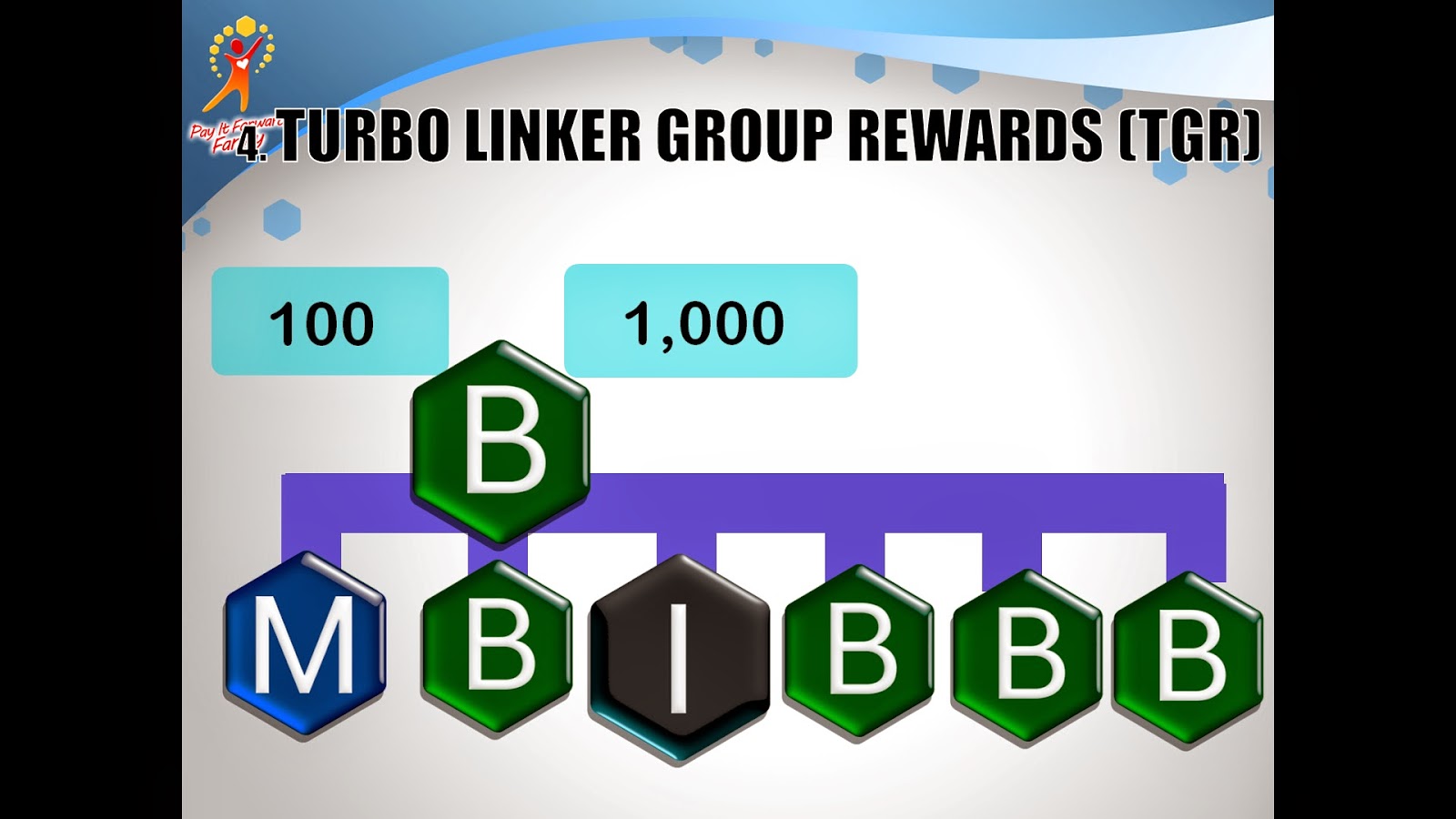Tsū’s algorithm automatically tracks, measures, and distributes revenue to the appropriate user and their Family Tree. At a high level, 90% of revenues are distributed to users. To maintain the platform, tsū receives 10%. To see how this breaks down, let’s take a look at 4 users, all with varying start dates on tsū:
User A invites user B, who invites user C, who invites user D
Part 1
- $100 of earned revenue is generated based on the content user D shared (photos, videos, status updates, etc.)
- $100 of earned revenue is generated based on the content user D shared (photos, videos, status updates, etc.)
Part 2
- 90% of earned revenue go to the users. In this case, $90 of the $100 is shared with all the users.
- tsū takes 10% of the $100 for platform fees. In this case $10.
- 90% of earned revenue go to the users. In this case, $90 of the $100 is shared with all the users.
- tsū takes 10% of the $100 for platform fees. In this case $10.
Part 3
- User D, the original content creator takes 50% of the $90. In this case, $45.
- User C gets 33.3% (1/3) of the original $90 generated. In this case, $29.70
- User B gets 11.1% (1/3 of 1/3 = 1/9) of the original $90 generated. In this case $9.99
- User A gets 3.70% (1/3 of 1/3 of 1/3 = 1/27) of the original $90 generated. In this case $3.33
- User D, the original content creator takes 50% of the $90. In this case, $45.
- User C gets 33.3% (1/3) of the original $90 generated. In this case, $29.70
- User B gets 11.1% (1/3 of 1/3 = 1/9) of the original $90 generated. In this case $9.99
- User A gets 3.70% (1/3 of 1/3 of 1/3 = 1/27) of the original $90 generated. In this case $3.33
- This is what we call the rule of infinite thirds
Shared economics ad revenue
Shared economics ad revenue












